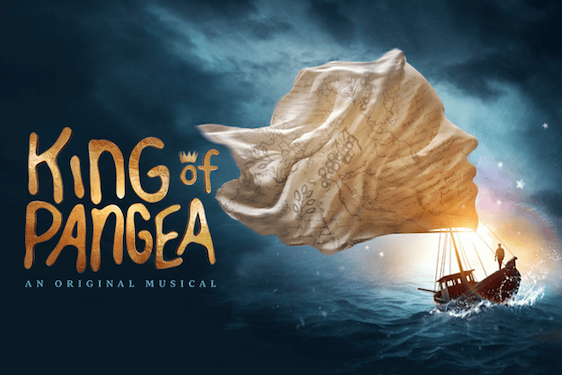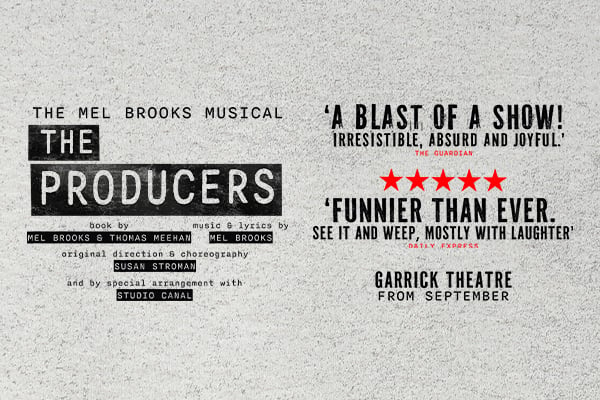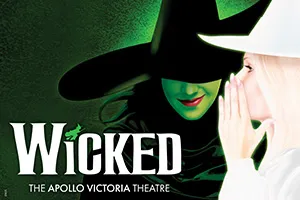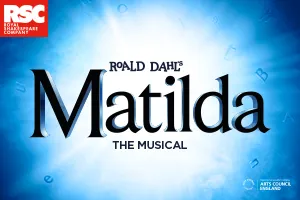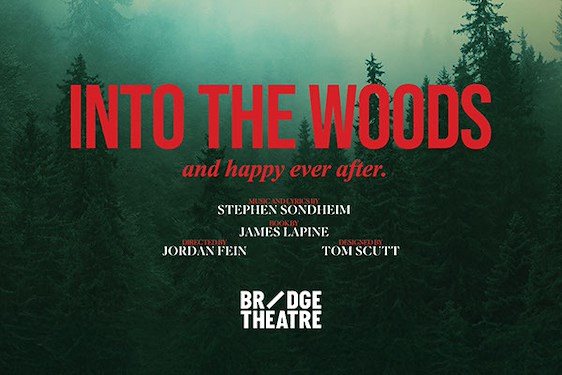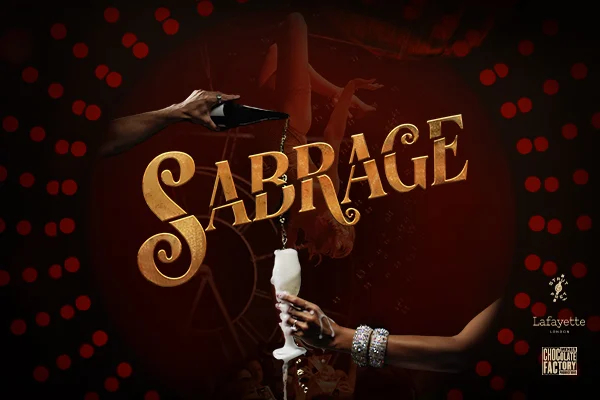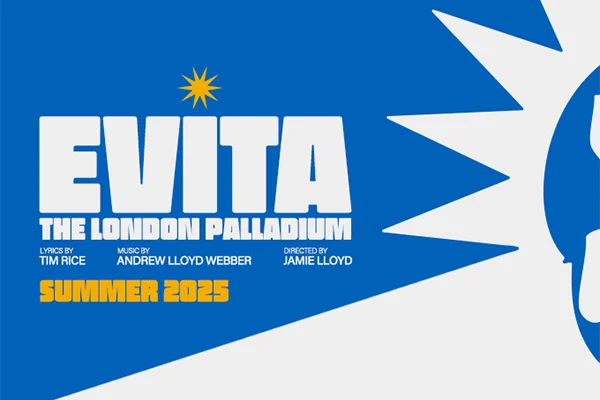Andreas Grassl is the piano man who washed up in Kent. He never spoke with social workers, but supposedly played the piano with great skill. Students from St. Marys College have used this as a jumping off point for a technically ambitious, but ultimately derivative and problematic show for the Fringe. The story simply put follows Grassl from his arrival in Kent through his confession of his identity, with many mental detours through childhood and college, loneliness and solitude. The ensemble attempts to tell this through an extensive use of live video foley and a lot of gesture work using empty suits. Some of this works, but most of the video work feels like a direct reference (if not flat out copying) of the work of Katie Mitchell, whose adaptation Waves (performed at The National Theatre in London three years ago) is a benchmark for the use of video foley in live performance. What makes Waves work is the traditional spatial relationship between audience and performer, with a screen directly behind the action, so while we see the action of making the video, we can also see the video in the same glance. In The Piano Project though, the main performance space bifurcates the audience, and the video screen is off to the extreme on one side. The screens placement forces us to choose which one acquires our gaze, the video or the making of, and it frustrates and dilutes the brilliance of the attempt.









